James Mastro | Interview | New Album, ‘Dawn of a New Error’
The first solo album from James Mastro, titled ‘Dawn of a New Error,’ has just been released through MPress Records.
The release of James Mastro’s debut solo album, ‘Dawn of a New Error,’ marked his return as a singer and songwriter and features guest vocals from Ian Hunter. The album was produced by Tony Shanahan, known for his work with Patti Smith, and features notable drummers Brian Griffin and Steve Goulding. Recorded and mixed by Grammy nominee James Frazee and mastered by Greg Calbi, the album showcases Mastro’s talents alongside a slew of seasoned professionals.
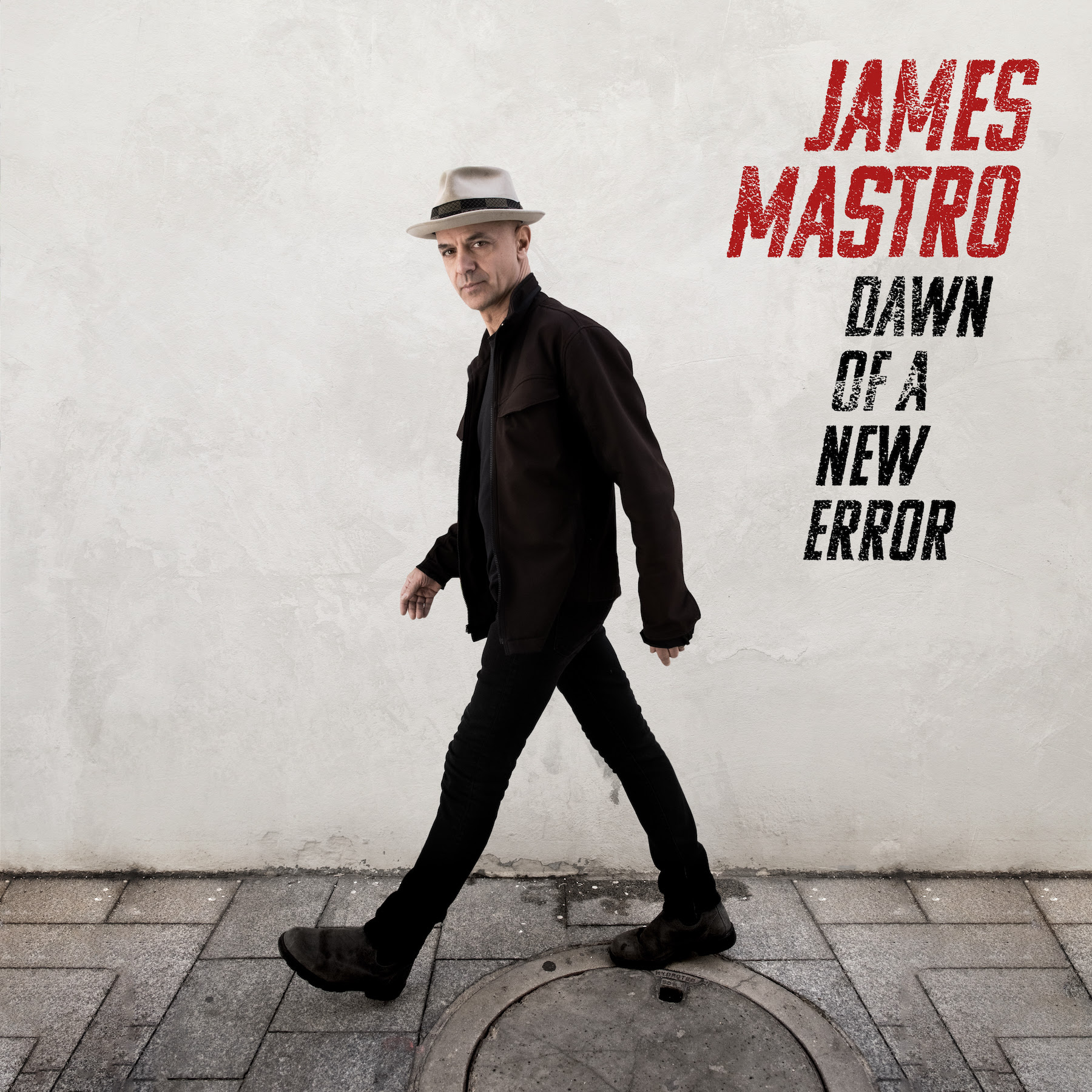
“We’re faced with choices every day”
You have been working for quite a while on your upcoming debut solo album, ‘Dawn of a New Error’. Would love it if you could tell us what’s the story behind it?
James Mastro: This record started with no intention of being an album. My friend Tony Shanahan had just opened his studio, Hobo Sound, and was looking to see how the room and equipment sounded, so he rang me to come in and do some trial recordings. This forced me to write – or finish writing – songs for each session. As we started finishing songs, I started seeing an album coming into view. As far as the title goes, we’re faced with choices every day, and we’re bound to make mistakes. But I’ve learned that those mistakes can hopefully lead to somewhere better.
A track off your debut, ‘Right Words, Wrong Song’ was recently released. How did the song get written?
Like most songs for me, if I get a good title or opening line I like, I’m off to the races. The title came to me as I was switching channels watching the evening news, and got two completely opposite viewpoints for the same event. These days, truth or science appear to be more pliable and catered to the advertisers’ demographic as opposed to actual fact.
And we can hear Ian Hunter on the track….
Yeah, I knew this song was right up Ian’s alley. Having worked with him for the past 20+ years, I’ve come to appreciate his honesty not only in his writing, but also as a person. He came into the studio and nailed it, and then asked what else we had. So he ended up being on three tracks on the album. Mott the Hoople was the band that made me want to play guitar when I first started, so having him be on my album brought back that initial teenage buzz for me.
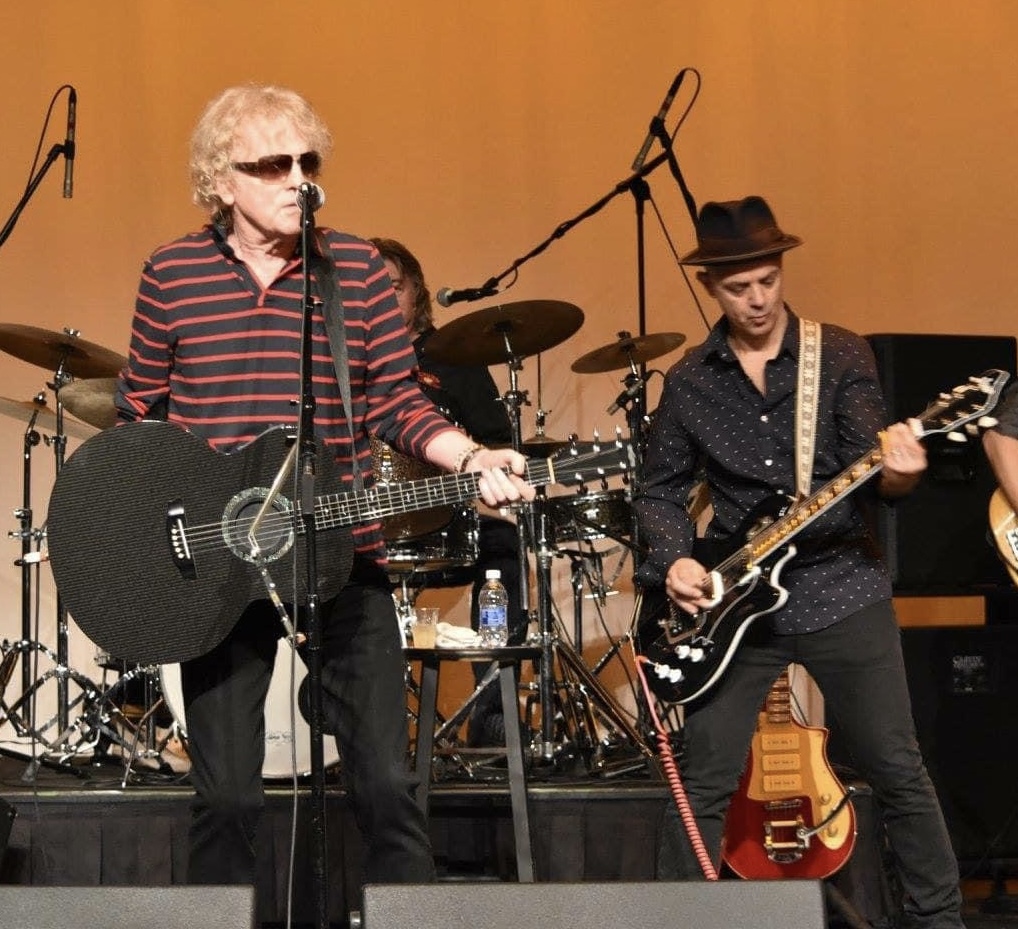
Could you share some further words about the recording and producing part of the album making?
Producer Tony Shanahan and I have worked together on and off for over 30 years, first when he joined my band The Health & Happiness Show, and then over the years with countless other projects, including when I was asked to fill in on guitar for some Patti Smith tours. We grew up liking the same bands, buying the same records, being in car accidents together, so we speak the same language. He’s an incredible all-around musician, so when he thinks something could be better, I listen to him. But he’s also sensitive enough to listen to the artist’s viewpoint. The best results come from egos being left with the coat check, and that’s how we’d operate.
Being that this was recorded at a leisurely pace, there was never any pressure to meet a deadline. Spontaneity was key, as whomever the drummer was on the session and Tony on bass, wouldn’t have heard the song until I showed it to them that day in the studio. This also kept it fresh for me, as a song may only have been completed until the night before the session. I had no preconceived notions of how the songs should turn out, and listened and respected what the musicians added and suggested. And it’s a credit to Tony as a producer that he was able to keep a thread and continuity running between all the songs.
You collaborated with some of the biggest names in rock, including Ian Hunter, Patti Smith, John Cale, The Jayhawks, Alejandro Escovedo, Garland Jeffreys, Jesse Malin, Robert Plant…. Would it be possible to highlight some of the most memorable moments with the mentioned musicians?
I’m very fortunate that I’ve gotten to play with many of the people that inspired me to play in the first place. There’s been highlights with every single artist I work with, but if you need a few:
Ian Hunter – So many great shows over the 20 years, but the first gig I did with him, at Bowery Ballroom in NYC, counts as the most memorable, because I couldn’t believe I was playing mandolin (partly because I’d never played mandolin before) on one of my all-time fave songs of his, ‘I Wish I Was Your Mother’. After that night, Ian asked me to join his band.
Patti Smith – Patti is a force of nature on stage, and you follow and play to her voice like it’s a battle charge. We played a concert on Mount Lycabettus in Athens, Greece. Being of Greek descent, this was an incredibly emotional show for me. Family, friends, and countrymen all cheering us on. Patti asked me to talk to the crowd in Greek, which got them going.
John Cale – I’ve never worked with anyone as intense as John. Funny and literate offstage, but onstage a complete mad scientist. He taught me that nothing is more sacred than not holding anything sacred. He would reinvent and deconstruct his songs every night, so you had to keep your eye on the volatile concoctions he was creating to see if – and often when – they would explode. It would take me 20 minutes after a show to catch my breath and regain my wits. Incredibly satisfying! We did a show in Berlin (2003) that I recall the entire audience moving and sounding like one large animal.
Robert Plant – That was a one-off benefit concert at the Beacon Theater in NYC for Arthur Lee, lead singer of Love, who was having medical issues. Ian Hunter & the Rant Band had been asked to perform, and promoter Steve Weitzman asked me if the Rant Band would be interested in being Robert’s backing band for the event. One really can’t say no to that, can they? The next thing I know, Robert is calling me and asking me to help him put a set list together. The fact that I was helping pick Led Zep songs with the man who wrote them was incredibly surreal to me. But Robert was the ultimate gentleman. He was funny, great to the band, and a true musician. When he walked onstage, I’d never heard or felt such a guttural response from a crowd. It came from somewhere deep in Middle Earth, deep from every audience members’ core. This was Thor onstage commanding fealty.
Garland Jeffreys – Garland is an artist who has always written honestly, and can incorporate many musical styles into his songs and still be convincing. And what a voice. We did a show opening for Levon Helm at his Ramble series in Woodstock that was just fantastic. We had a great show, and then got to sit literally right next to Levon for his set, and then joined him for ‘The Weight’. The song ‘Trouble’ on this album was written on the ride home from the show, and totally inspired and dedicated to Levon, who lit up any room he walked into.
Would you like to share about your upbringing? Where did you all grow up? Tell us about daily life back in your teenage years.
I grew up in northwestern New Jersey, a small town called Landing in Morris County – a mix of rural and suburban. Kinda swampy, kinda sleepy, where you couldn’t find trouble, you had to make it. My upbringing was fairly straight – church on Sundays, lots of relatives and family around. I don’t mean this in a bad way, but it was a good place to grow up because it made me want to get out. New York City was an hour by train or bus ride away, so me and my high school friends would go in and explore all the time. The wanderlust started for me at an early age.
Was there a certain scene you were part of, maybe you had some favourite hangout places? Did you attend a lot of gigs back then?
Most bands in Jersey at that time were cover bands – Doors, Stones, et cetera. But by the mid ’70s more original bands started popping up. When I was 16 I started working at the neighborhood guitar shop and met a local original band called TV Toy. They were the older statesmen – 21! – and took my first band Fast Car under their wings. They helped us book gigs, and helped create a small scene out there. There was a go-go bar in Dover, NJ called the Showplace that would have bands after the dancing stopped at 6pm. Even though we were only 16, we played there a lot, using our fake IDs which I’m sure they knew weren’t legit. All the bands that were playing CBGB’s, Max’s Kansas City, or coming over from the UK would also play here, so I saw some amazing and inspiring folks in a small venue. Iggy Pop, The Ramones, Talking Heads, John Cale, Southside Johnny, Cheap Trick, Devo, The Stranglers, and on and on. As I saw these bands come and go, this only convinced me more and more that I needed to GO!
If we would step into your teenage room, what kind of records, fanzines, posters et cetera would we find there?
I read all the rock magazines at the time: Circus, Rock Scene, and my fave, Creem. Circus magazine came with posters, as did many albums at the time so it was easy to rotate the exhibition in my room monthly – Mott the Hoople, Queen, The Beatles’ White Album poster, Todd Rundgren, et cetera. The stereo was always tuned in at night listening to WNEW-FM while laying in bed, just loud enough so my parents couldn’t hear it.
Tell us what it was like to go to CBGB back then? How involved were you with the club and the scene surrounding it?
CBGB was a true dive bar that never got fixed up, except for eventually having the best sounding PA and stage in NYC. I didn’t start playing and going there until 1977 when I was 16, so I missed the early days of Television, Patti Smith, The Ramones. But I remember entering the first time was like walking into someplace holy. I’d been hearing and loving so many bands that started there, that to finally walk through its doors – with my fake ID – was life changing. The first time Fast Car played there The Dead Boys were actually living in the club. We had to wake up Cheetah Chrome so we could get onstage.
Tell us how you joined The Richard Lloyd Group? What was it like to play on ‘Alchemy’?
Fast Car got the attention of Terry Ork of Ork Records, who had released singles by Television and Richard Hell & the Void Oids, so we were thrilled. Terry brought in Richard Lloyd to produce us, but it just didn’t work out, so the single never happened. But six months later I got a call from Richard. Television had just broken up and he was starting a new band. He remembered me from the aborted recording session and asked me to join. I was gobsmacked.
We played CBGB, Max’s Kansas City, Mudd Club, and up and down the East Coast constantly and then got signed to Elektra Records to do the Alchemy album. I was 17-18 by this point. We recorded the album at the famous Bearsville Studios in Woodstock. Todd Rundgren was working in the studio next door, and every night I’d play him in pinball, and beat him!
How did you meet Richard Barone and what led to the formation of The Bongos?
I met Richard when he first moved up to NYC from Florida. He introduced himself to me at CBGB after a show I did. We started talking about music – and found a shared love for T. Rex, and we stayed in touch. This was even before he met and started The Bongos with drummer Frank Giannini and bassist Rob Norris, who I already knew from being in another Jersey band called Tin Can. Richard answered an ad in the Village Voice and met Frank and Rob, soon to become The Bongos’ rhythm section. I would sit in with them every now and then. When I stopped playing with Richard Lloyd, they asked me if I’d like to join full-time.
What would you say was the overall vision of The Bongos and what would be some of the highlights recording those three fantastic albums and playing many gigs?
We all revered bands like Velvet Underground, Slade, Eno, The Beatles, and of course, T. Rex. So even though we were a very melodic band, we tried not to do the obvious. And we all loved percussion and groove, which was really what made a lot of those touchstone bands I mentioned stand out. The vision was to create music we were proud of, and to have fun while doing it. We loved playing live and we’re always on tour in between recordings. Touring with the B-52’s and later with The Ramones were two big highlights for me.
In the 90s you formed The Health & Happiness Show. With this band you toured non-stop and opened for some really big acts. Any favourite moments?
Playing with Wilco on their tour for A.M. was exciting, as they were really becoming a force. We’d be in the dressing room while Jeff and the band would be writing new songs that became ‘Being There’. Their work ethic was inspiring. Our tour with The Beat Farmers was hysterical – a rockin’ band with the larger-than-life Country Dick as main party master every night. We eventually left that tour to do some other dates, only to hear that Dick died the next night onstage.
How did you get first involved with Butch Hancock?
The H & H Show played at SXSW, and Butch’s manager, Michael Crowley, caught the show and really liked us. He had the inspired idea of us opening for Butch, and then being his backing band. This was in support of Butch’s album Eats Away the Night, which is some of the best songwriting you will ever hear. Richard Lloyd was playing lead guitar with The Health & Happiness Show at this time, so we were really pushing the edge on our brand of Americana. The rides in the van were just as entertaining as the shows. Butch is a poet, scientist, philosopher, and comedian all crammed into one person. A very special time indeed.
You’re currently also working with Ian Hunter?
The touring with Ian has slowed since Covid combined with his dealing with a serious case of tinnitus. But I’ve been on all his albums since 2000… I somehow also got Ian to play a weatherman in my video for ‘Right Words, Wrong Song’. He did a top-notch job, and I think he could have a career as a newscaster if he wants!
What else occupies your life?
I just opened up a small gallery/performance space in Hoboken called 503 Social Club. I have so many talented friends, and there are fewer and fewer spaces for them to show their work. When this space came available, I had to give it a shot.
What are some future plans for you now?
I plan to be on tour in support of this album throughout the year. In the near future, I’ll be out with Alejandro Escovedo, opening the shows solo, and then being a part of his great band. That’s a trip I’m really looking forward to.
What are some of the most important players that influenced your own style and what in particular did they employ in their playing that you liked?
I recommend Ron Asheton (of The Stooges) and Johnny Ramone to any aspiring guitarist. As a teenager, these were songs that seemed simple enough that I might be able to play them, and the sheer ferocity of their styles are still inspiring.
Richard Lloyd and Tom Verlaine of Television were like the pistons in a sports car’s engine. Working furiously in tandem; when one pushed, the other pulled. Their orchestrated guitar parts have never been topped, and the way their solos played off each other are like two opera stars doing battle.
Ricky Wilson of the B-52’s played like no one else. I’d watch him every night from the side of the stage trying to figure out how he played what he did with only 4 or 5 strings on his guitar sometimes, and still sound so funky and driving.
Phil Manzanera (Roxy Music) and Chris Spedding have played on some of my favorite albums – both separately and together. Phil in Roxy Music always played with innovative class. And check them both out on Bryan Ferry’s ‘In Your Mind’ album. They compliment each other – and the songs – so well.
Finally, I always try to attain what Mick Ronson seemed to do so easily: Incredible tone matched with the perfect parts for the song. Memorable, melodic, but yet always that threat of something dangerous coming. Beautiful playing.
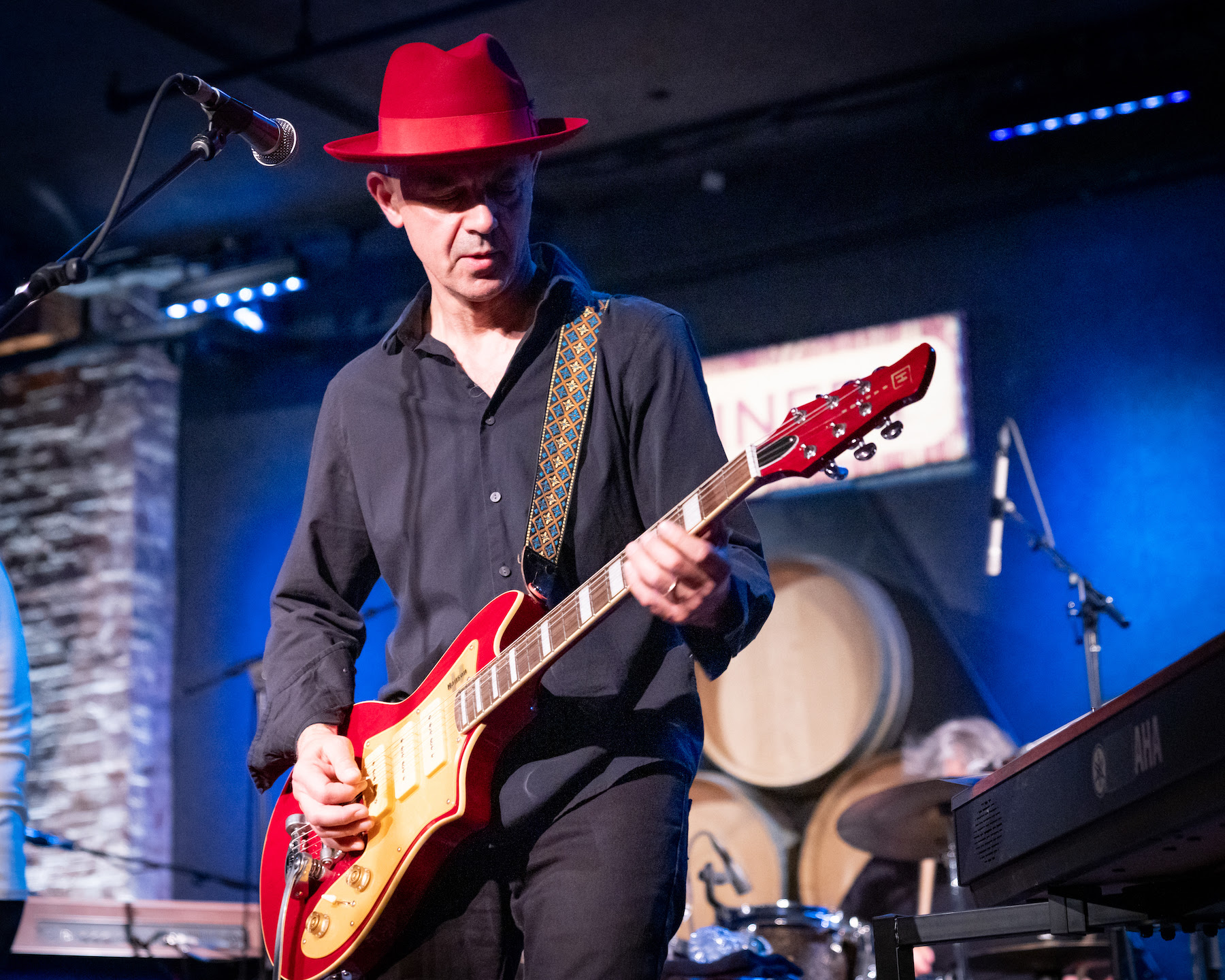
Thank you for taking the time. The last word is yours.
Thank you for the great questions. And I hope my last word doesn’t happen anytime soon!
Klemen Breznikar
James Mastro Official Website / Facebook / Instagram / Twitter / Bandcamp
MPress Records Official Website / Facebook / Instagram / Twitter / Bandcamp / YouTube

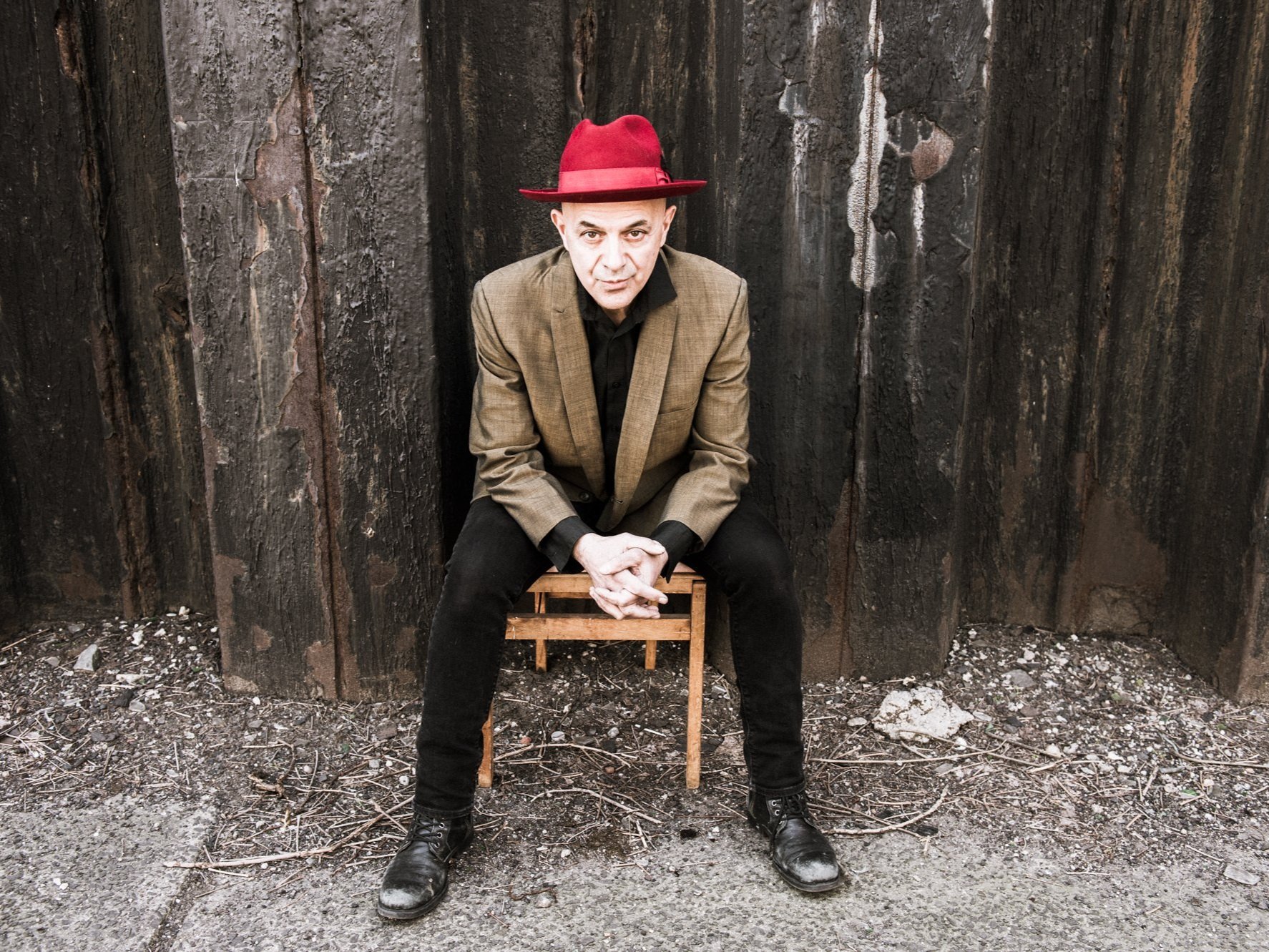
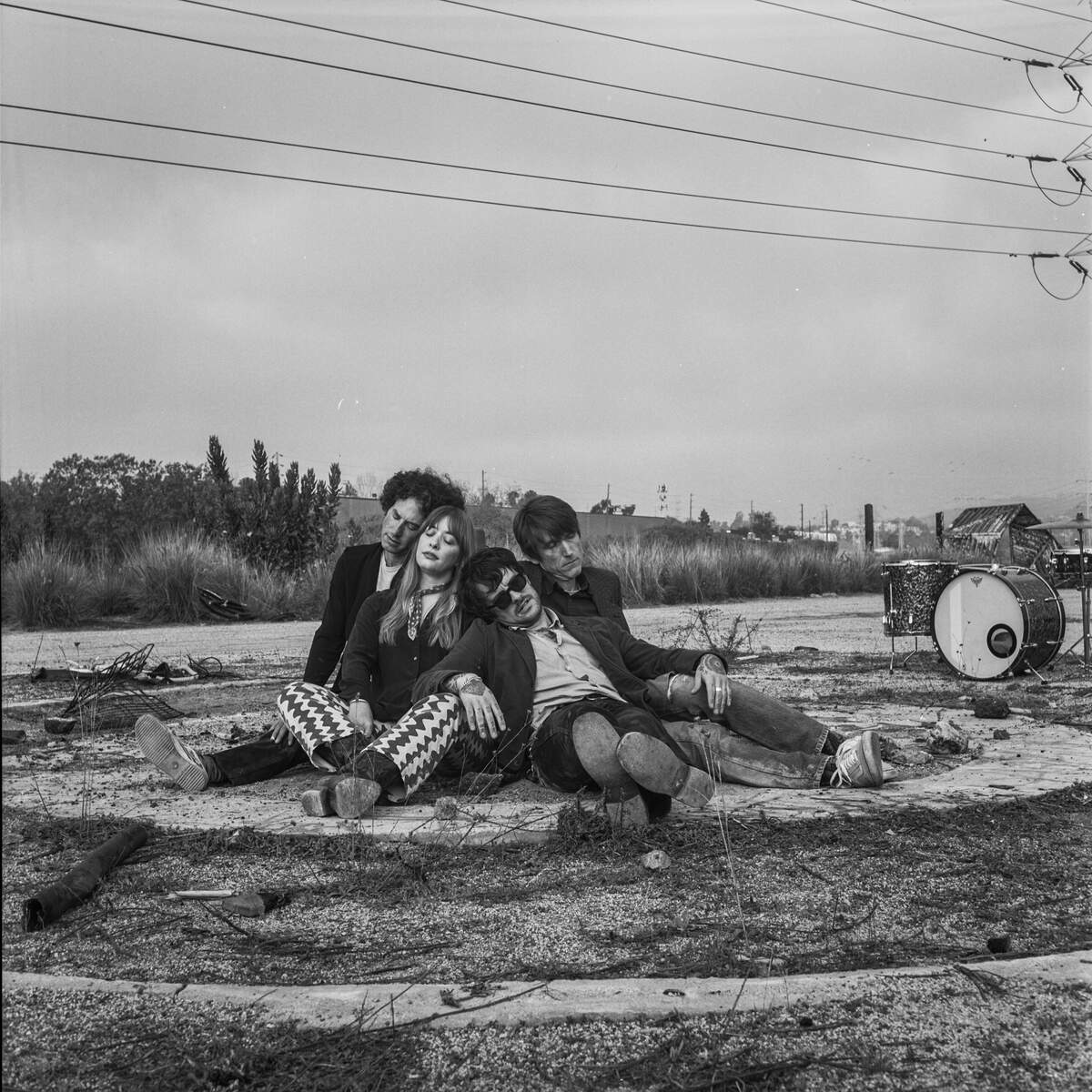
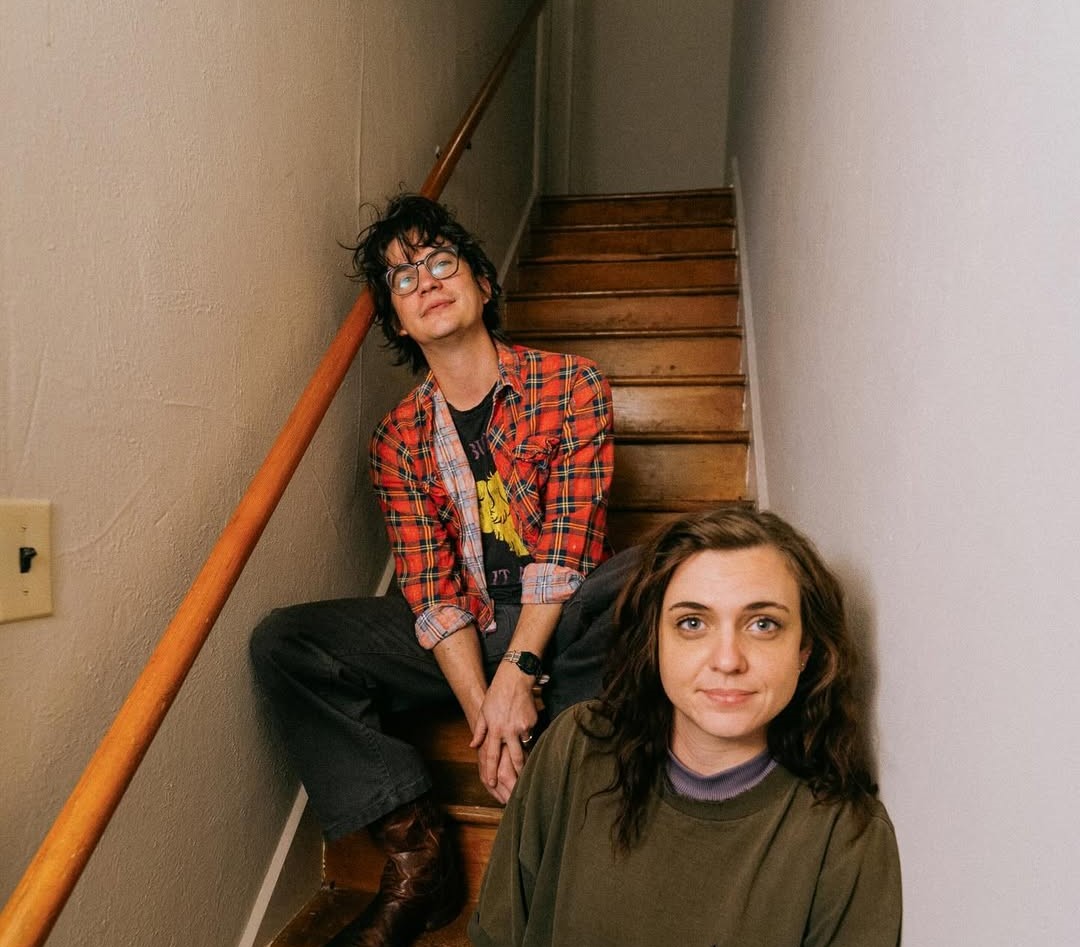
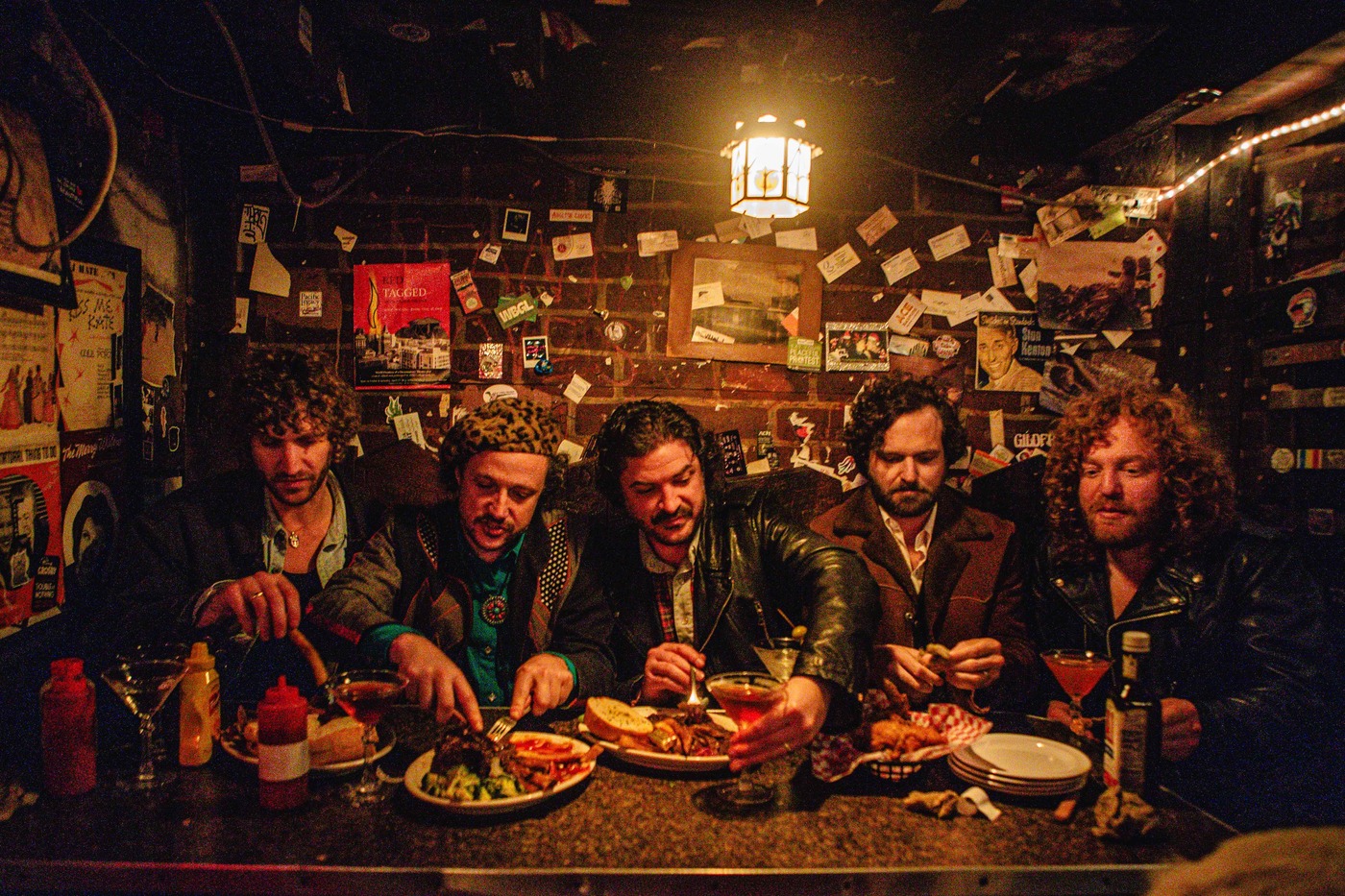
Great interview. Thanks!